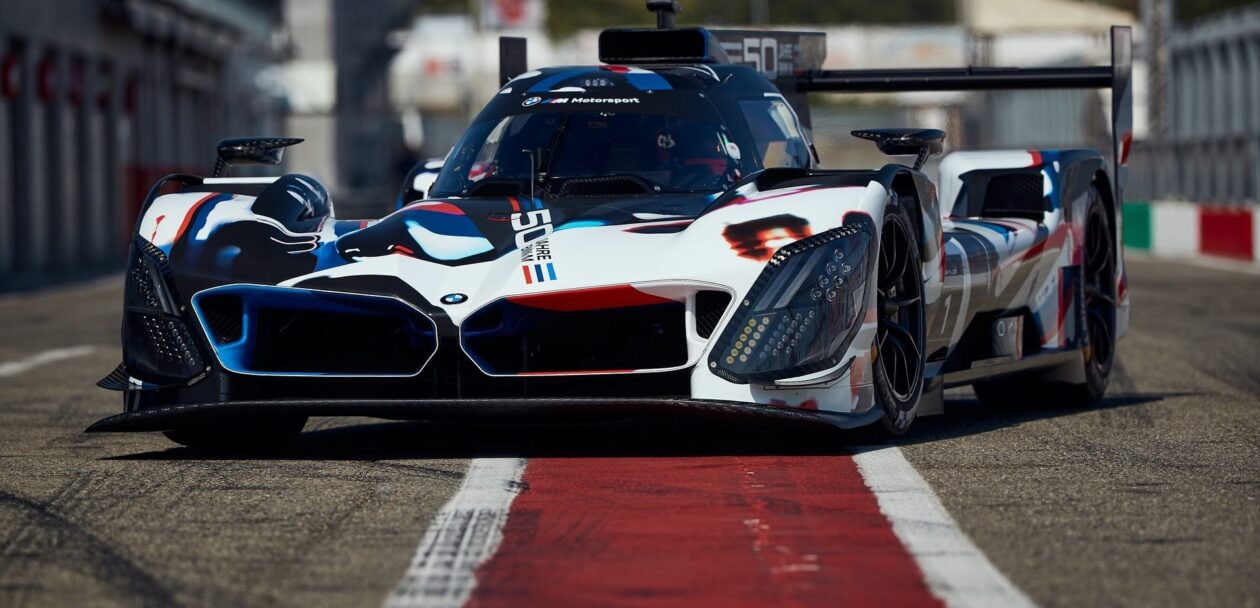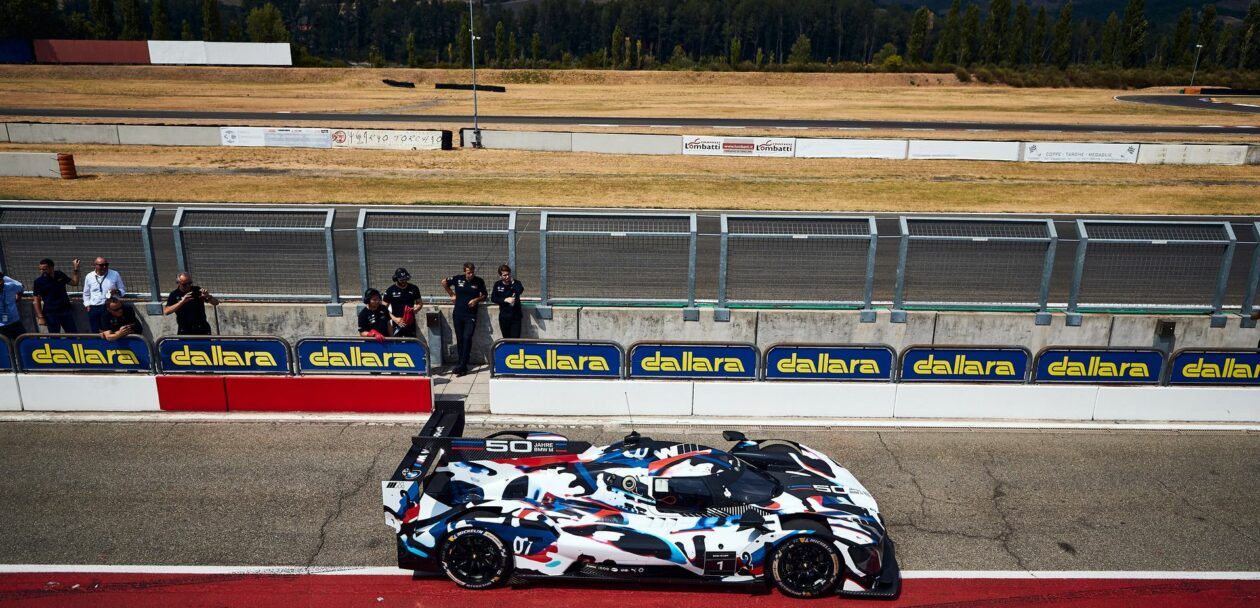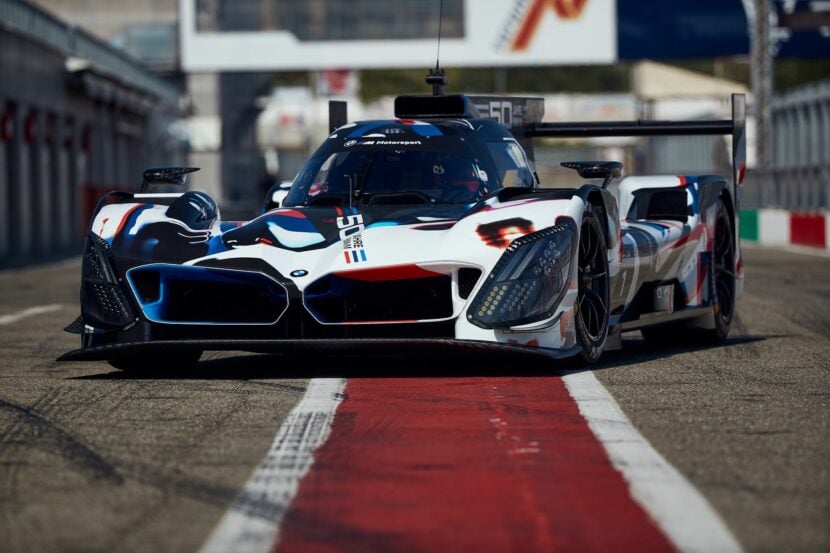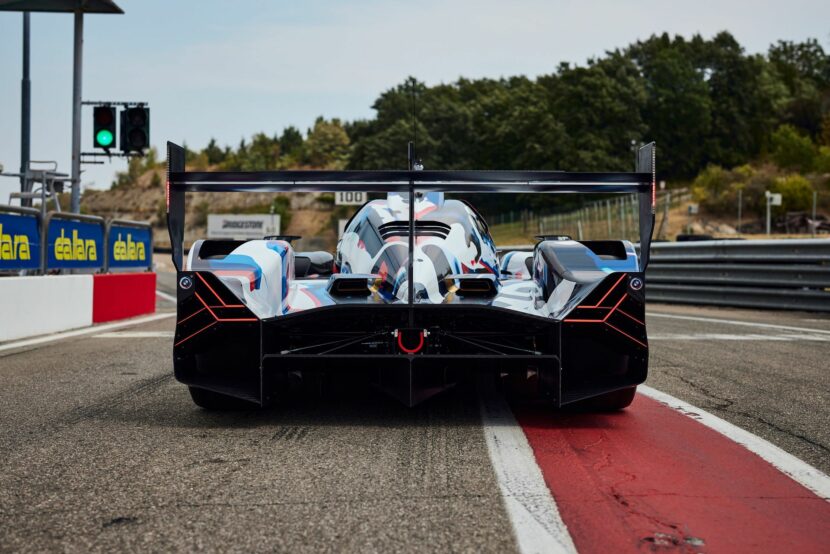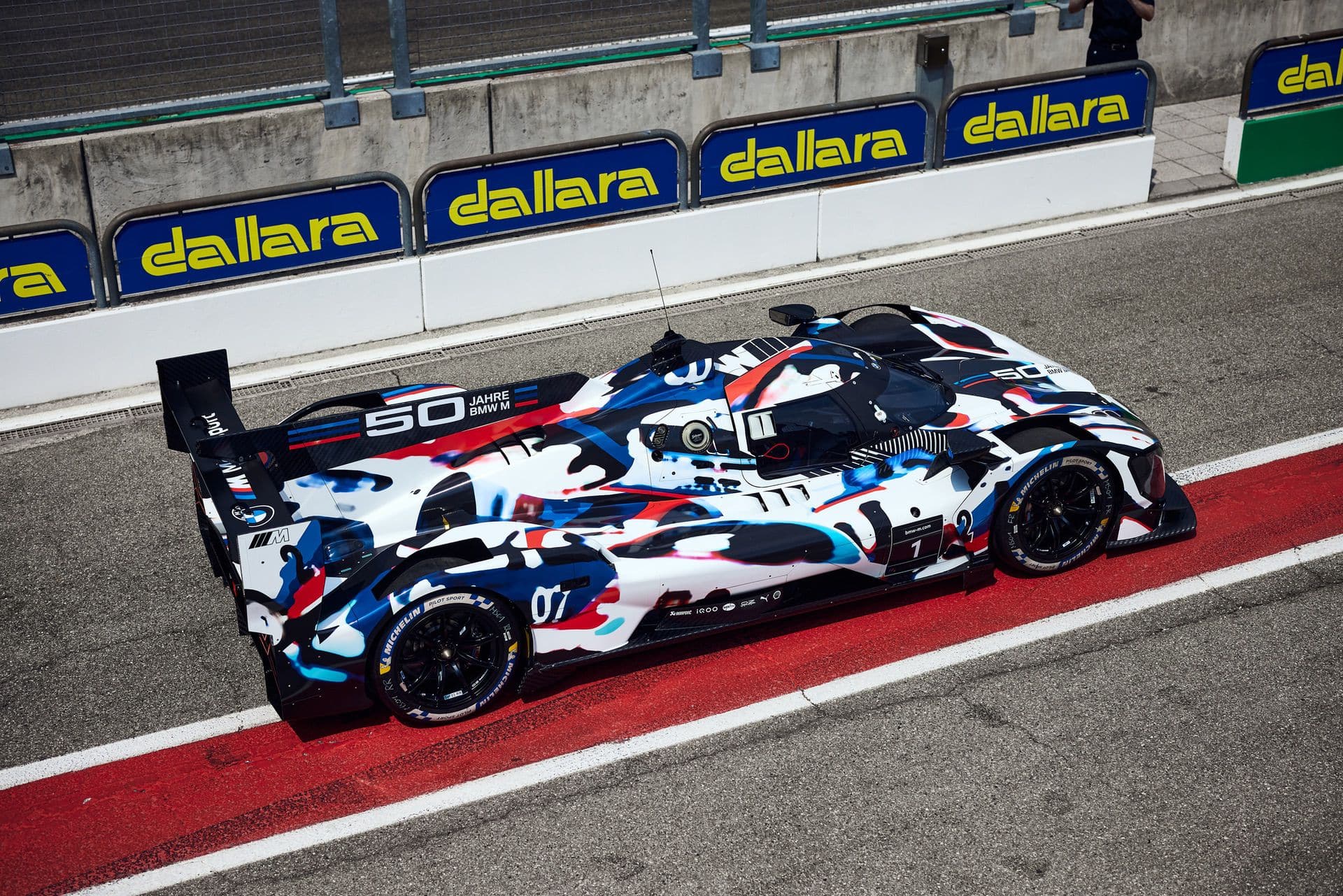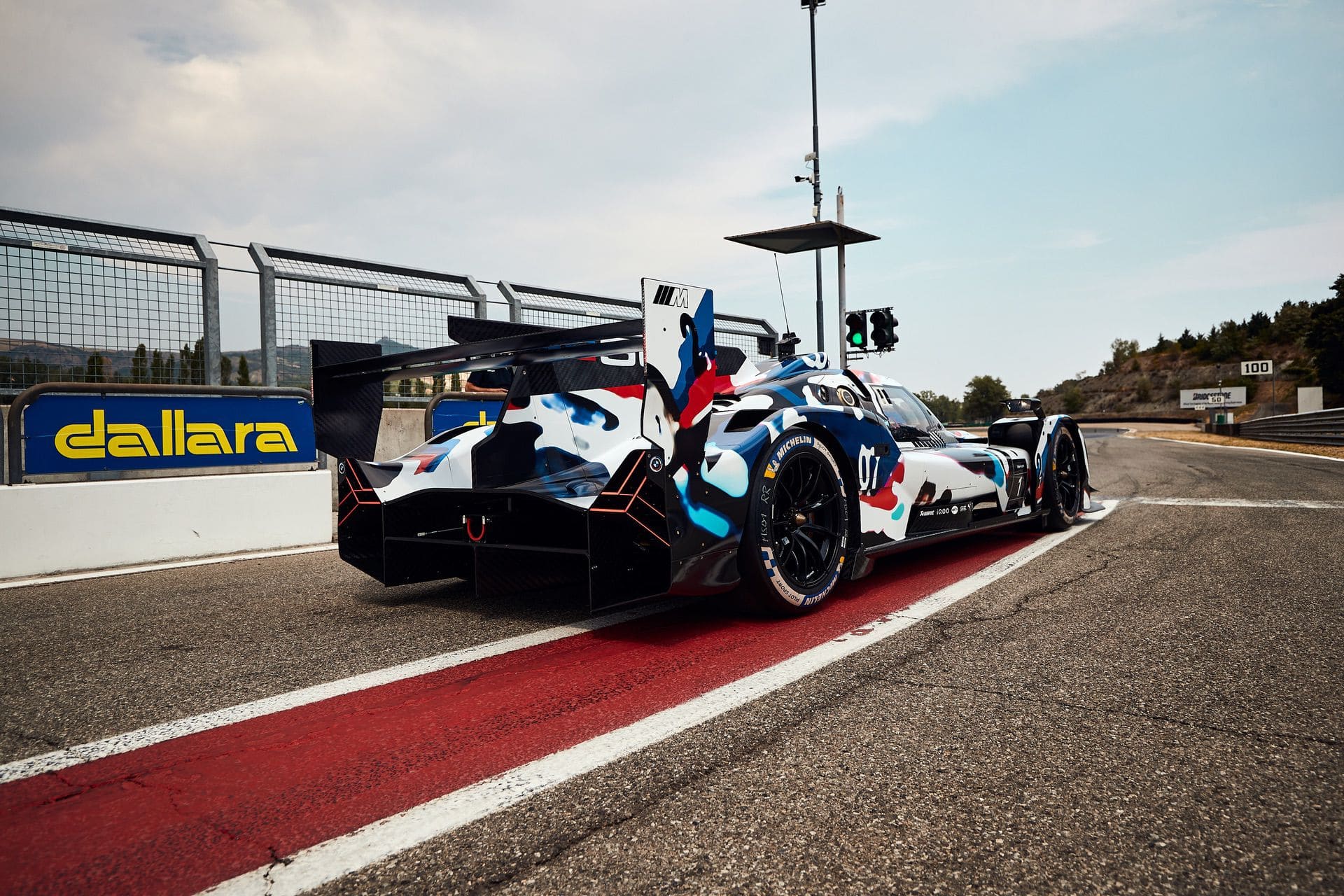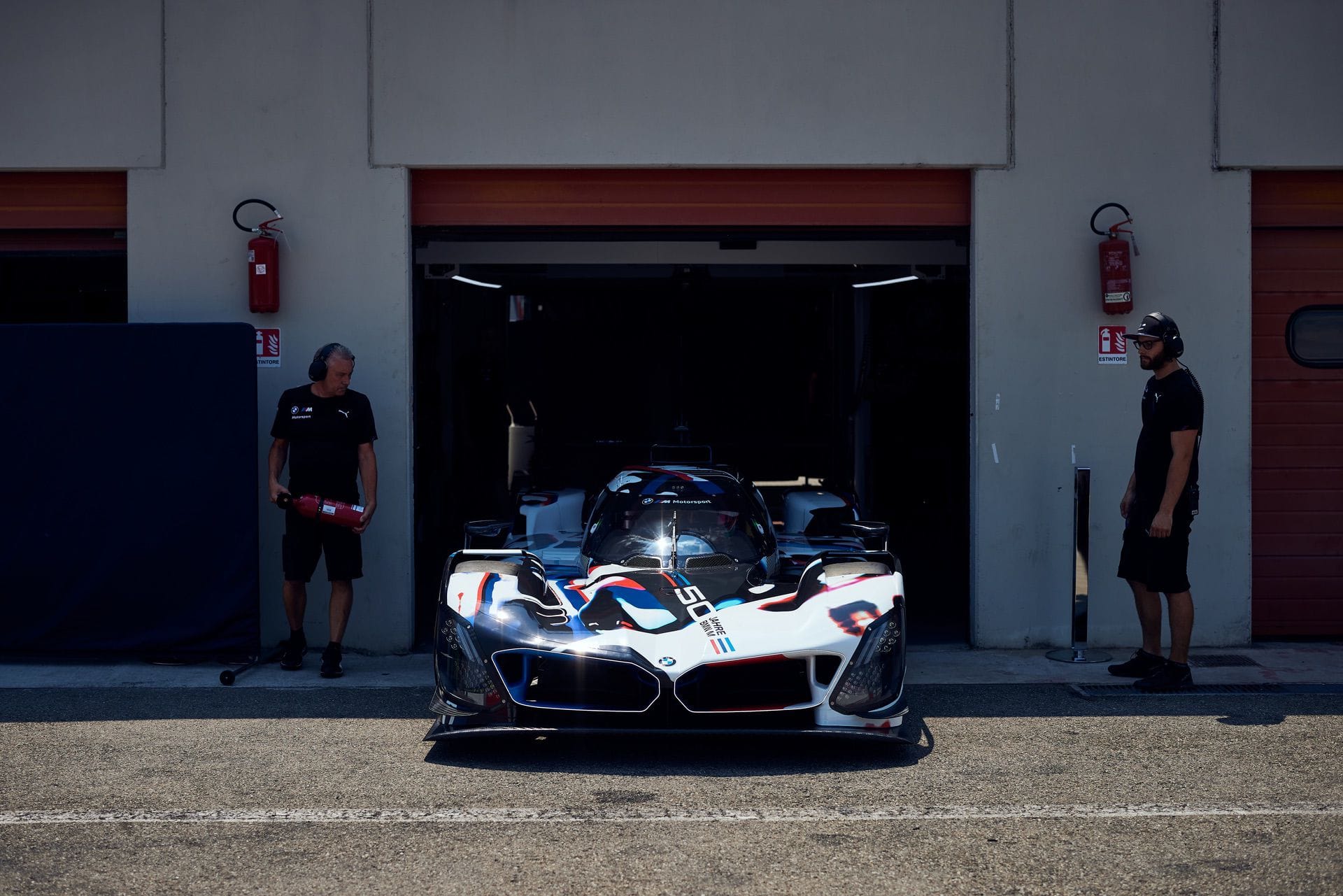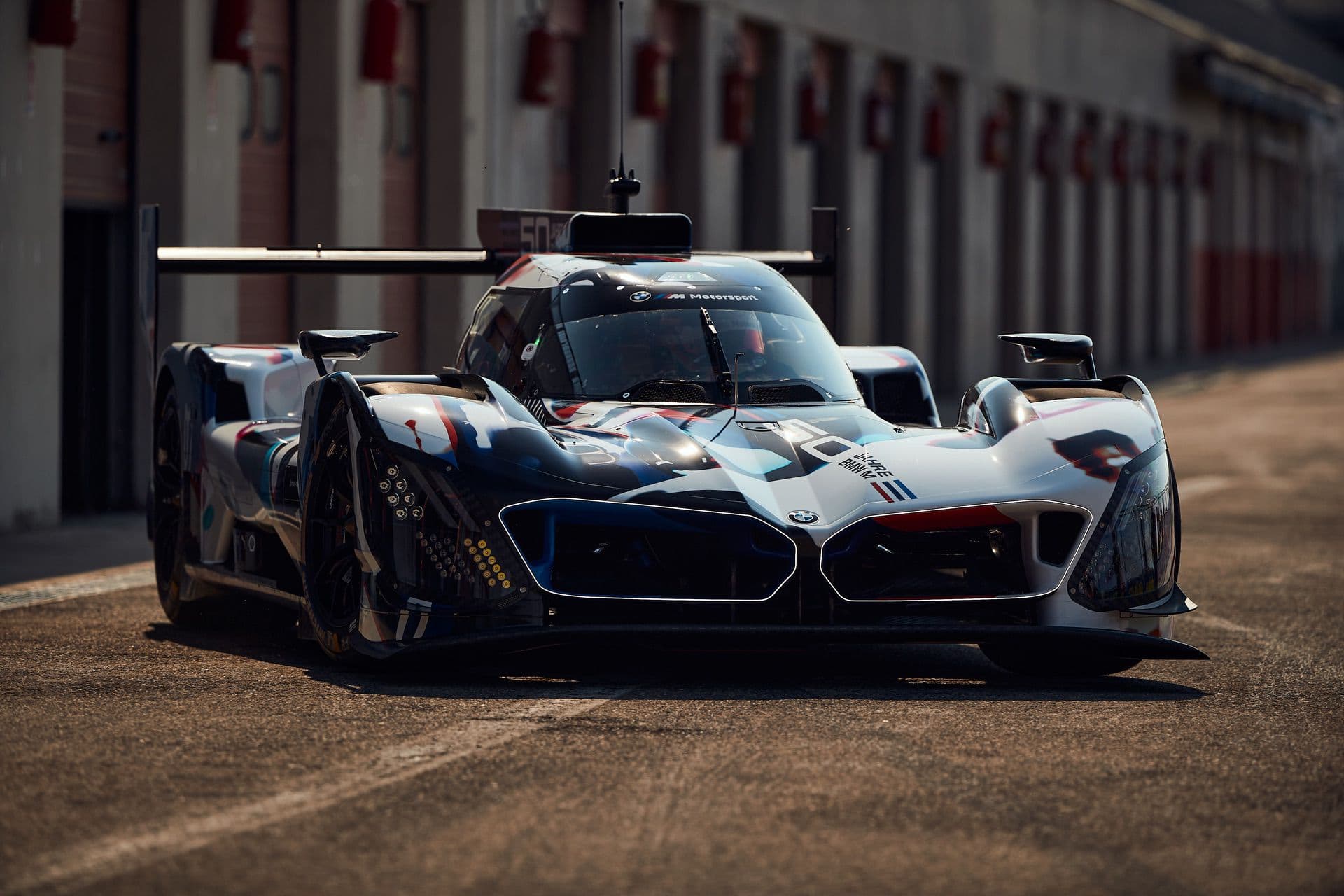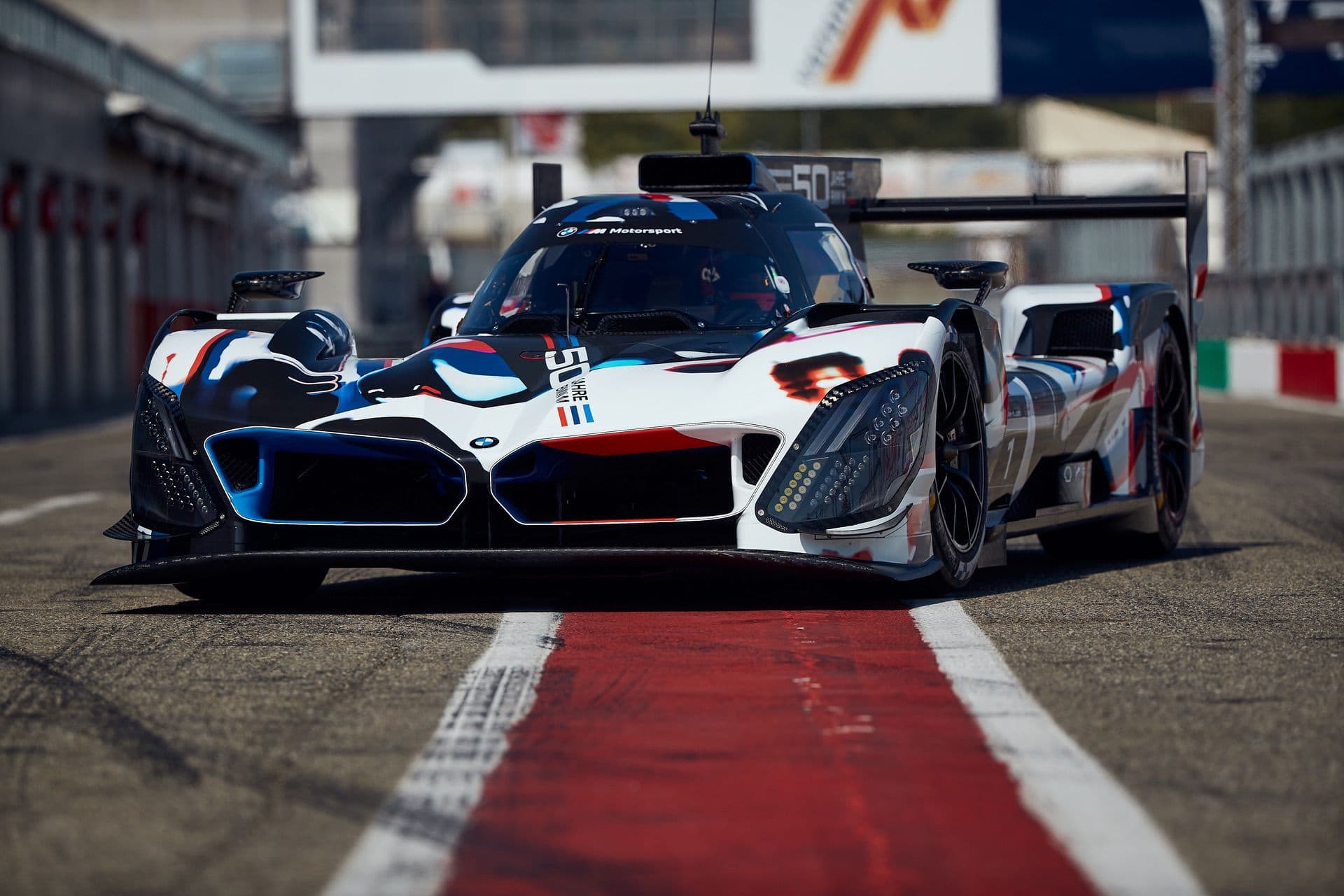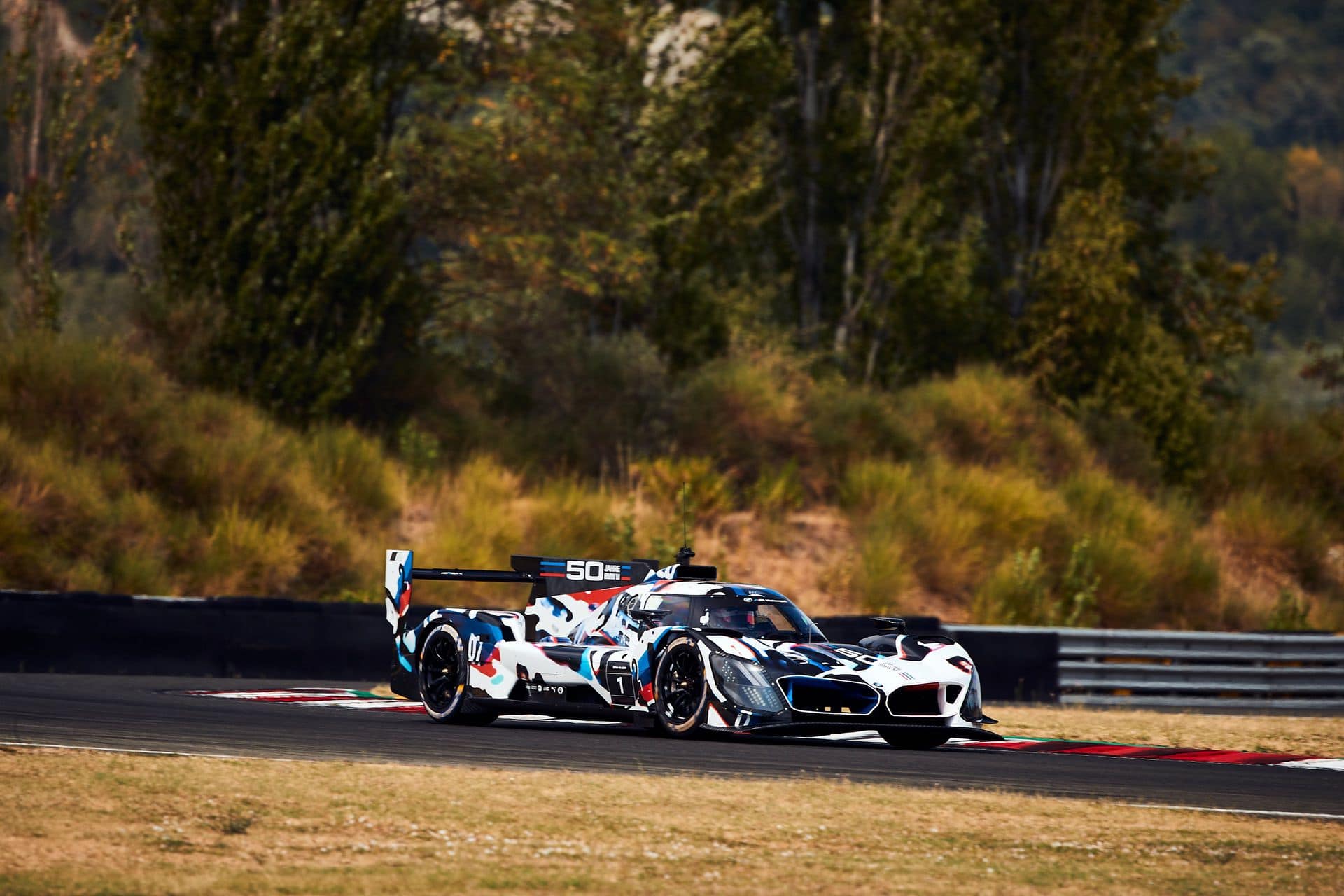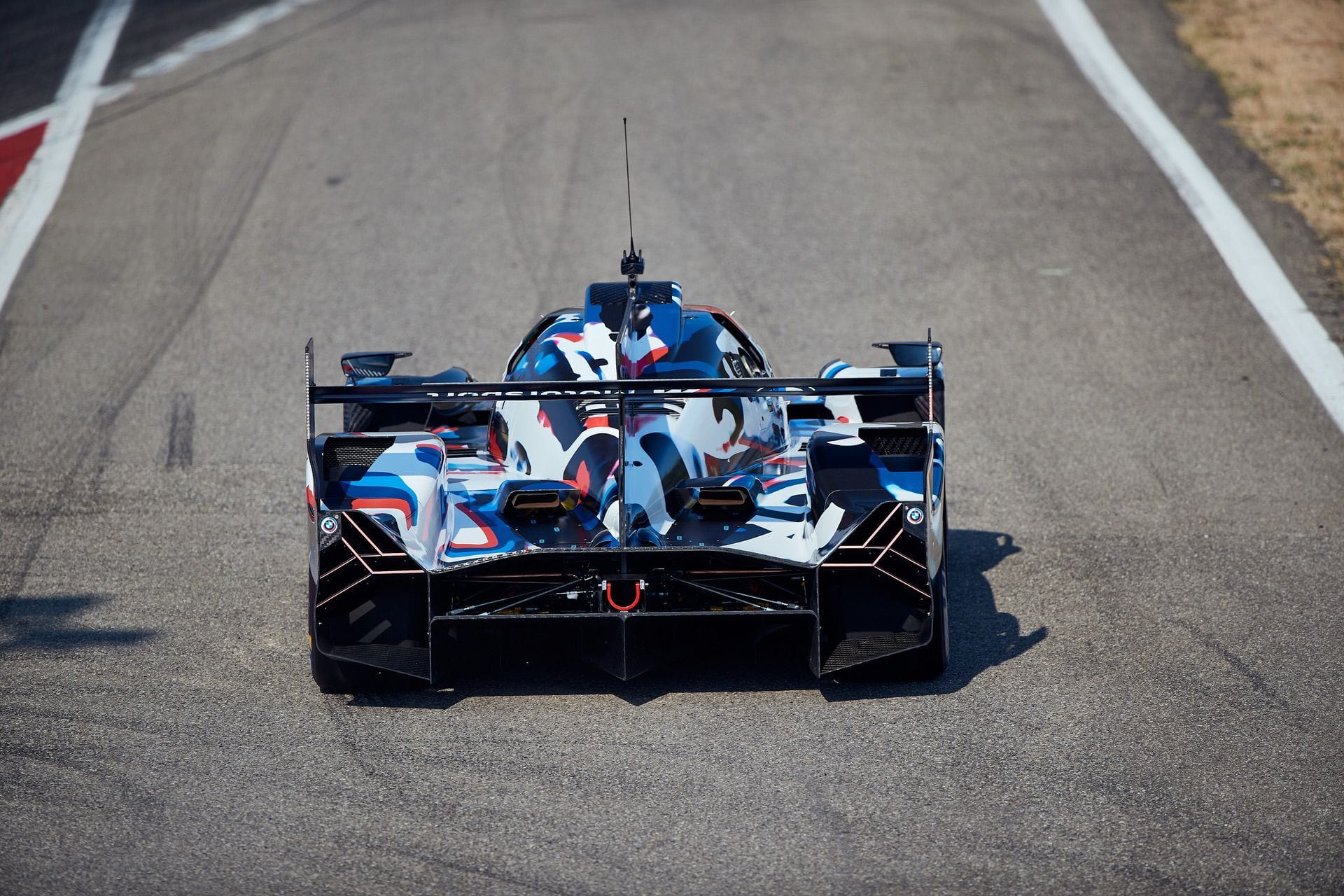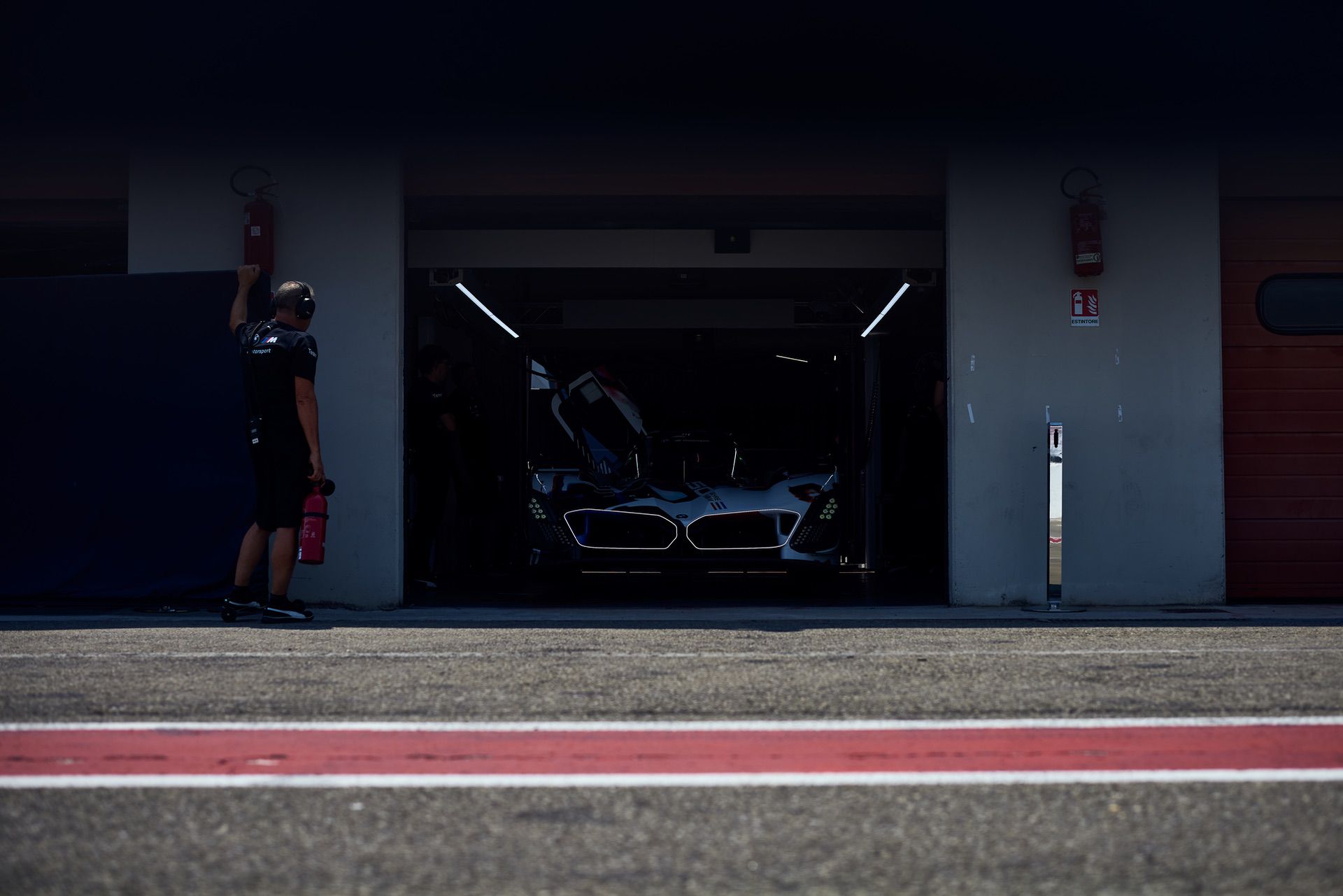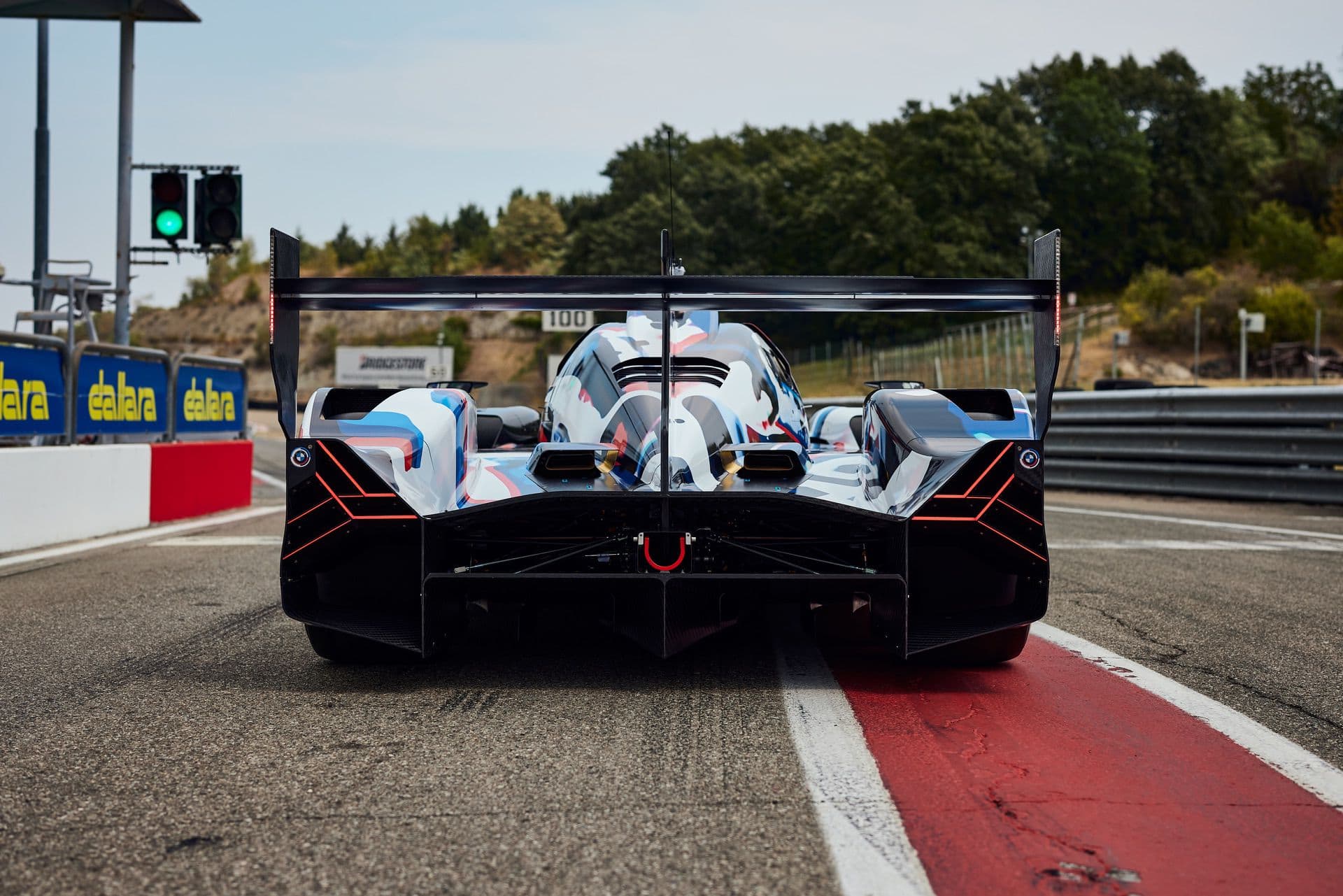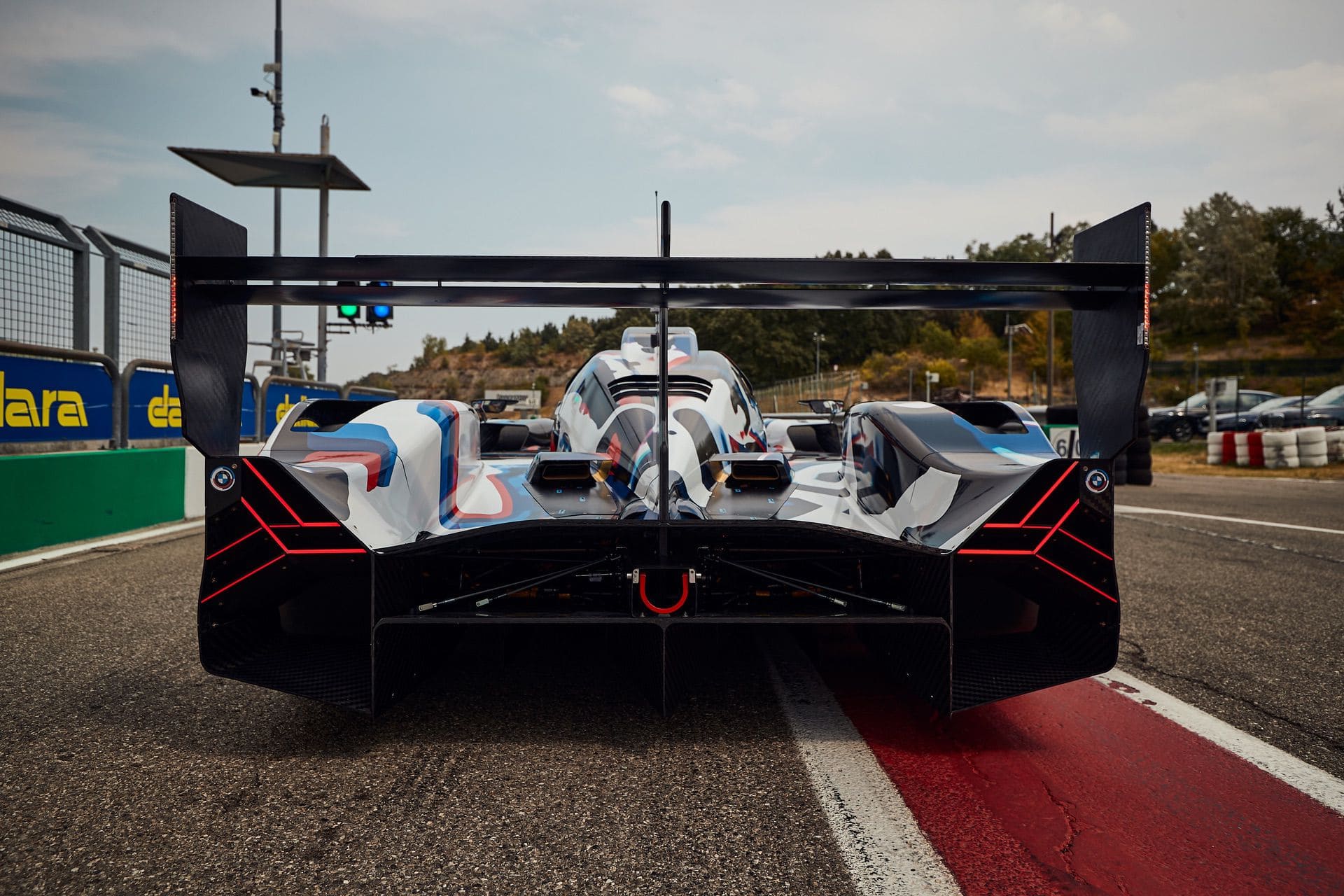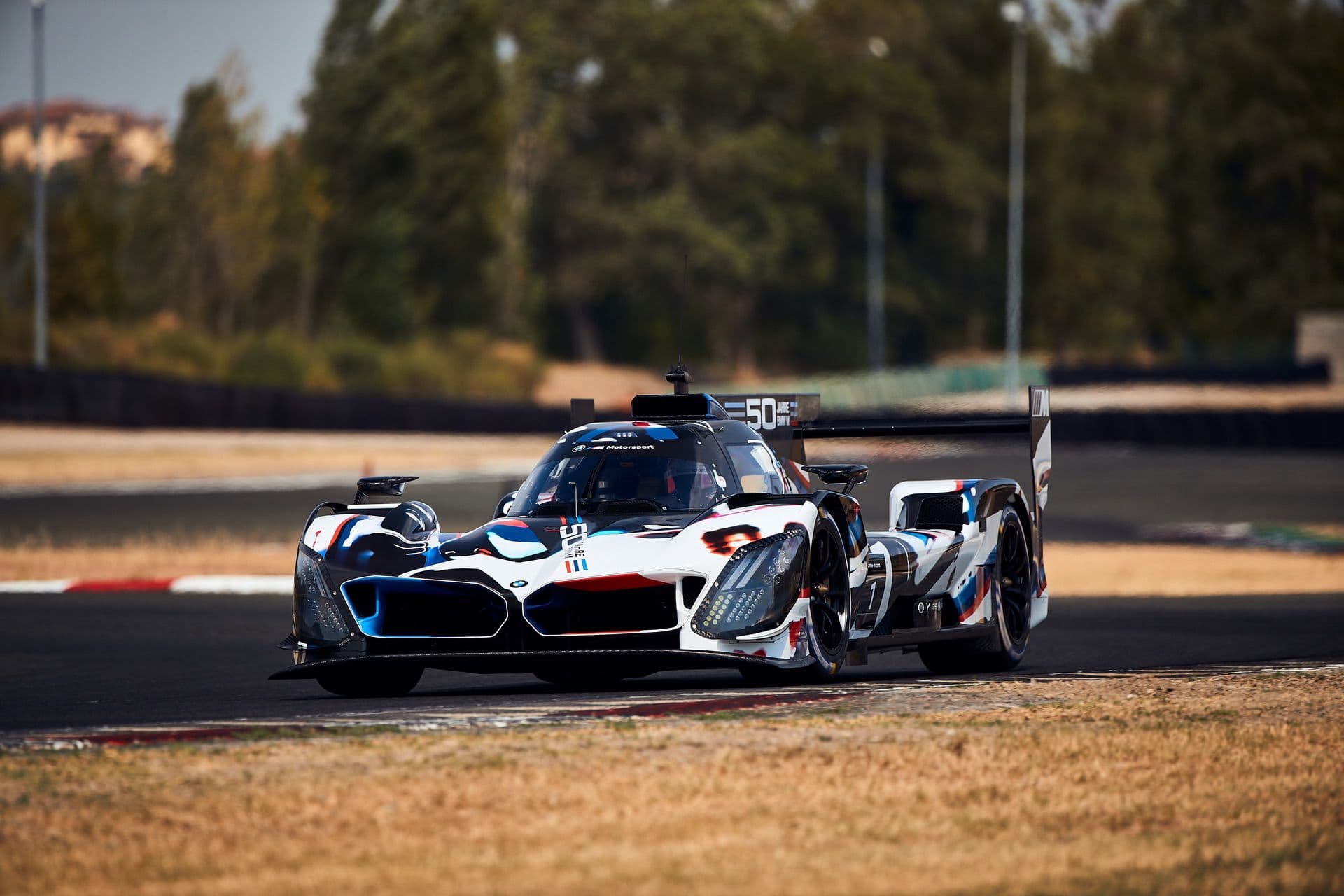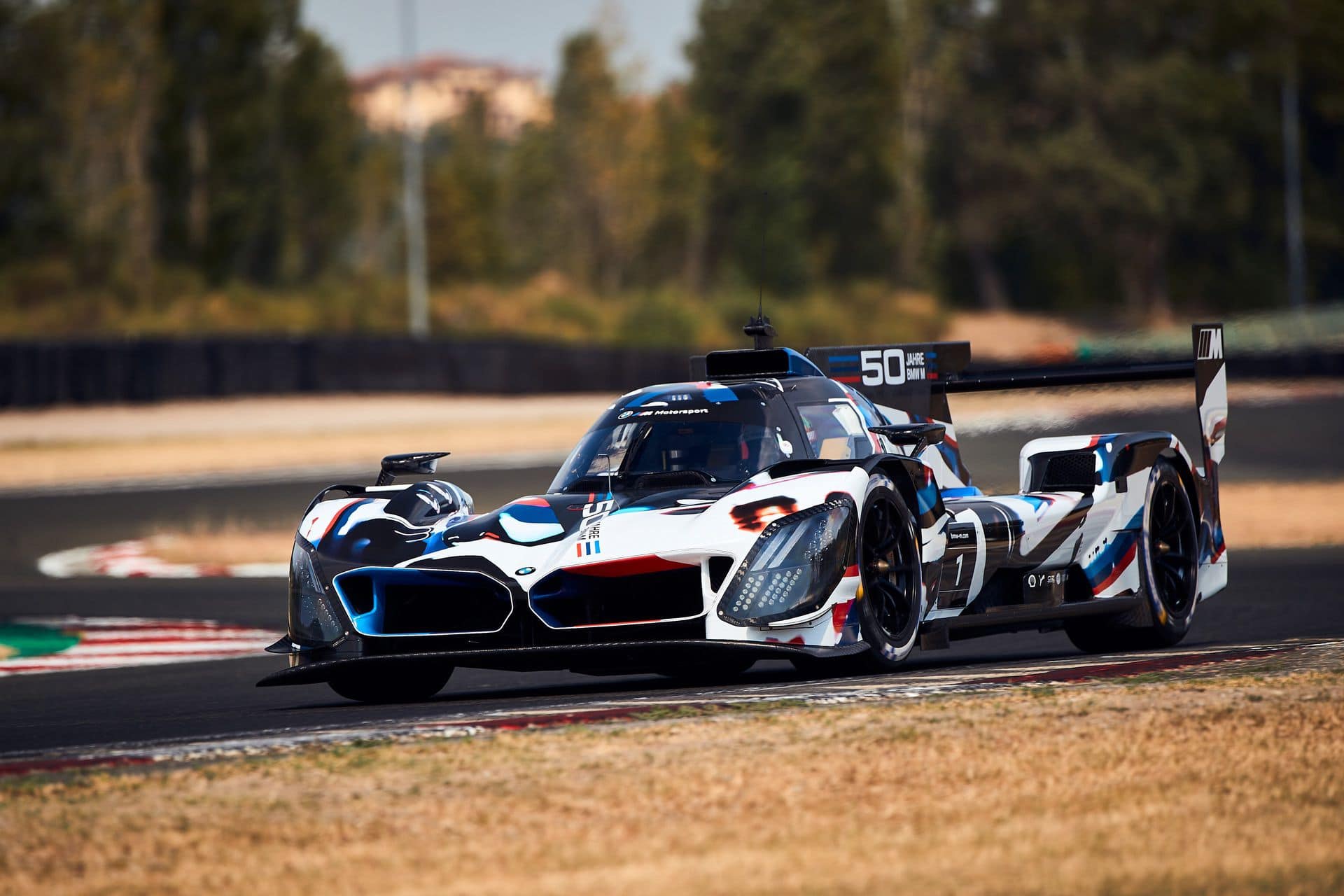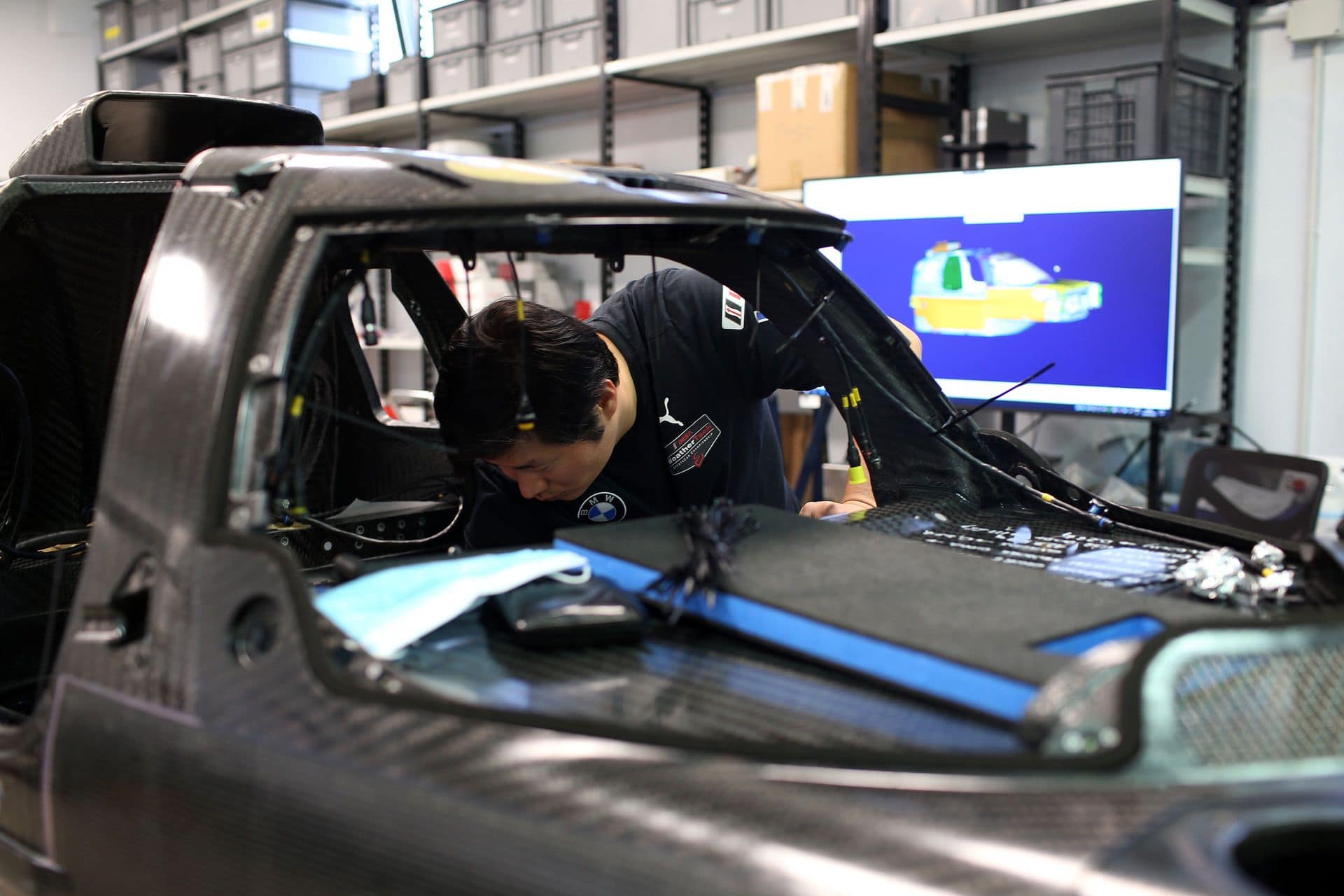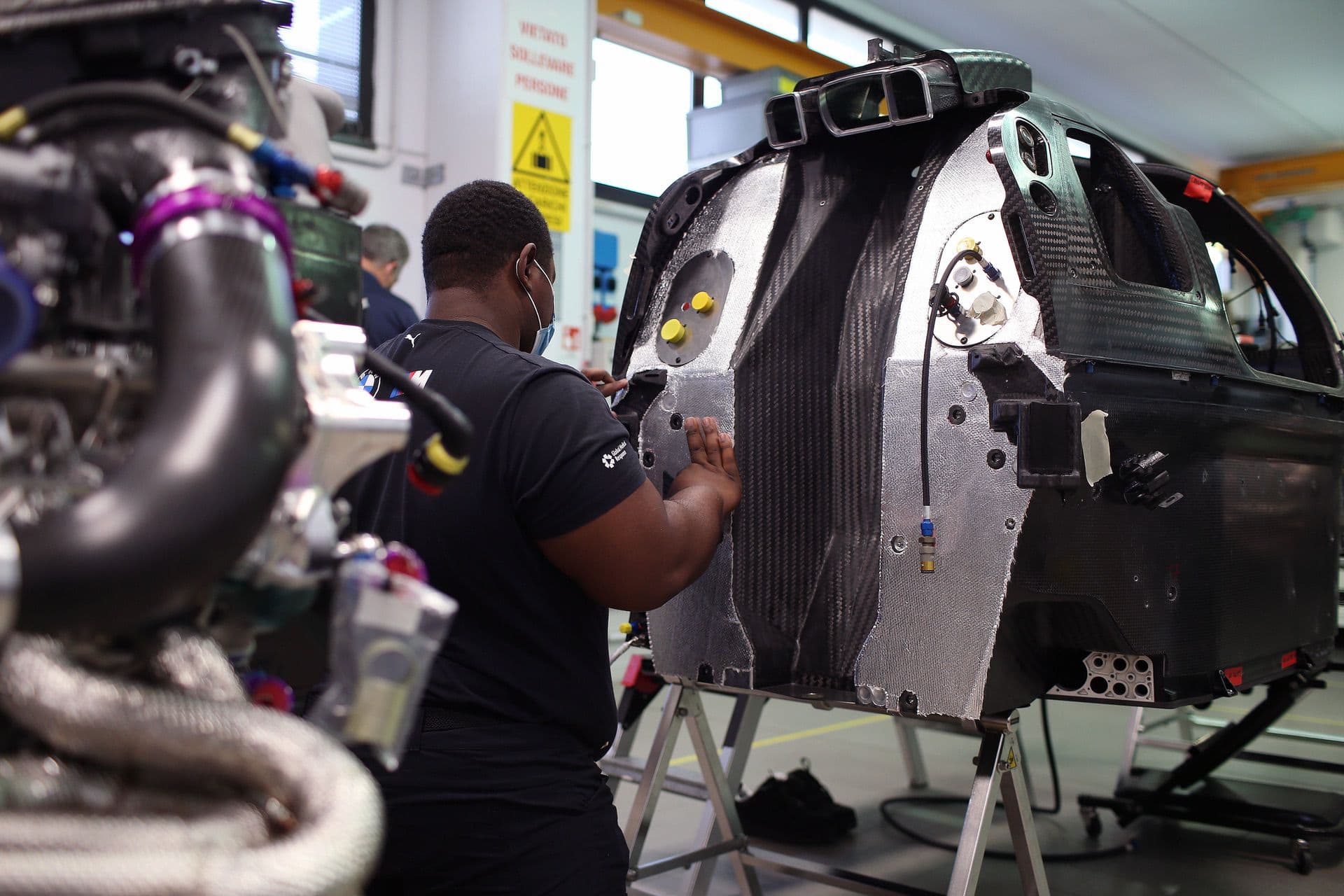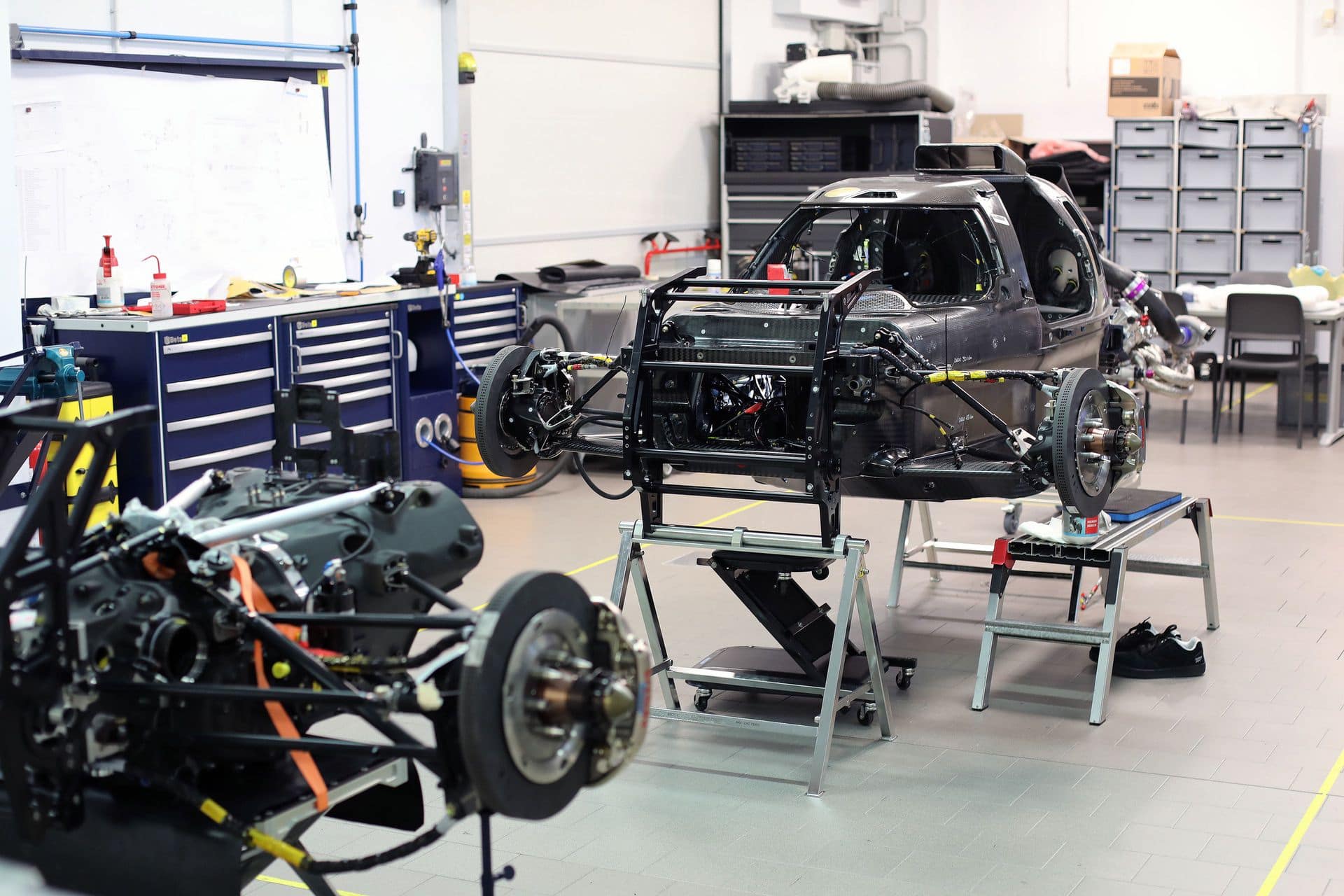BMW Motorsport confirmed earlier this week their return to the FIA World Endurance Championship (WEC) and the 24 Hours of Le Mans (FRA) in 2024. The comeback will take place after its world racing debut in January 2023 at the Daytona 24 Hours. Naturally, testing is on the way and the first public outing of the BMW M Hybrid V8 took place this month in Varano de Melegari, Italy.
The BMW M Hybrid V8 used the Dallara test track for its first functional test with BMW M works drivers Connor De Phillippi (USA) and Sheldon van der Linde (RSA) alternating at the wheel. More European tests are scheduled for August before BMW M Team RLL and a crew of BMW M Motorsport experts start IMSA-specific preparations with testing in the United States. The final driver lineup will be decided later this year.
For the LMDh race car, the engineers not only had to develop a new combustion engine but also add the necessary hybrid hardware to meet the series’ regulations. Specifically, all prototypes will be fitted with an electric motor from Bosch, a battery pack developed by Williams Advanced Engineering, and an Xtrac transmission. The next order of business was to finalize the actual race engine, dubbed P66/3. It had to be adjusted to meet the requirements of the prototype’s Dallara chassis. BMW’s motorsport division also had to install the LMDh-spec exhaust system and oil tank.
New P66/3 Racing Engine
The new twin-turbo 4.0-liter V8 develops approximately 640 horsepower and 650 Newton-meters (478 pound-feet) of torque. The P66/3 was fired up for the first time in June, about a year after BMW’s management formally approved the LMDh program. The company’s decision to go with the P66/1 unit ultimately came after the P48 four-cylinder from the M4 DTM (2019 and 2020) had some durability issues while the M8 GTE’s P63 was too heavy.
BMW will compete with Audi, Porsche, Toyota, and even Cadillac in LMDh. Not only will those brands provide excellent competition for BMW on track, which will in turn create some thrilling racing, but they’ll also create competition on the road. One of the main reasons why so many manufacturers are entering the LMDh class of endurance racing is the technology development. There aren’t as many restrictions and regulations in LMDh as there are in, say, Formula 1. So if brands want to develop battery, electric, and hybrid tech for racing, which will then translate to road cars, LMDh provides more innovative freedom. It also provides more freedom than even Formula E, which is why BMW and Audi both dropped out of the all-electric sport. Both brands felt that LMDh, despite using hybrid race cars, offered more freedom to develop new technologies.











